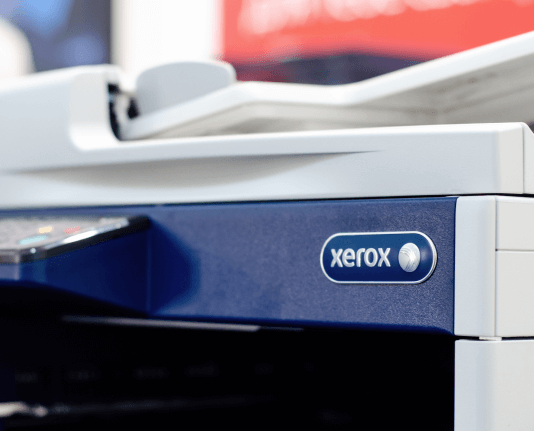Manage Pipeline Integrity Data for Accounting and Tax effortlessly
See airSlate SignNow eSignatures in action
Our user reviews speak for themselves






Why choose airSlate SignNow
-
Free 7-day trial. Choose the plan you need and try it risk-free.
-
Honest pricing for full-featured plans. airSlate SignNow offers subscription plans with no overages or hidden fees at renewal.
-
Enterprise-grade security. airSlate SignNow helps you comply with global security standards.

Pipeline Integrity Data for Accounting and Tax
pipeline integrity data for Accounting and Tax
airSlate SignNow's benefits include its user-friendly interface, secure storage of documents, and ability to streamline the signing process for both internal and external stakeholders. With features like templates and fillable fields, managing pipeline integrity data for accounting and tax becomes more efficient and organized.
Streamline your pipeline integrity data management with airSlate SignNow today and experience a seamless workflow for your accounting and tax needs.
airSlate SignNow features that users love
Get legally-binding signatures now!
FAQs online signature
-
What are the risks of pipelines?
Pipelines can pollute air, water, soil and climate when they leak. Pipelines that cross rivers and streams are more vulnerable to breaks when heavy rain and floods occur.
-
What are the challenges facing pipelines?
Following are some challenges that you may face during the installation of a pipeline: Infrastructure of Shortfall. The majority of new pipelines are being built in areas with existing oil and gas infrastructure. ... Utility Interference. ... Right of Way Issues. ... Difficult Terrain. ... Geopolitical Issues.
-
What are pipelines weaknesses?
Vulnerability to Natural Disasters: Pipelines can be damaged by natural disasters such as earthquakes, hurricanes, and floods, leading to spills and other environmental disasters. Cost: The initial cost of building a pipeline infrastructure can be high, and ongoing maintenance costs can also be substantial.
-
What is pipeline integrity?
in its purest form the term “pipeline integrity” refers to a comprehensive program that ensures. hazardous commodities are not inadvertently released from a pipeline and minimizes the impact. if a release does occur.
-
What are the threats to pipelines?
Internal Corrosion: Pipelines are vulnerable to internal corrosion from the materials they transport. Many carry liquids and gasses that are hazardous and corrosive and this degrades the surface of the metal. Highly pressurized pipelines are also susceptible to hoop stress failures as well.
-
What are the hazards of pipeline?
Pipeline hazards are conditions that can occur in a pipelined machine that impede the execution of a subsequent instruction in a particular cycle for a variety of reasons. In this article, we will dive deeper into Pipeline Hazards ing to the GATE Syllabus for (Computer Science Engineering) CSE.
Trusted e-signature solution — what our customers are saying
How to create outlook signature
how to convert your bookkeeping processes into Pipelines pipelines in tax Dom represent the services that you offer your clients they consist of several steps that must be completed from start to finish full cycle bookkeeping is a good example of a service we can convert into a pipeline you can find and copy our pre-made pipeline in the template Library after copying it just click on its name to open its settings at the bottom you'll see these stages which are the steps of the process the stages that we have here are books opened documents cleared accounts receivable accounts payable Bank feeds cleared reconcile reports close books with password remember that you can remove or edit any of these stages and add completely new ones after you have the pipeline set up you'll want to open the kanban view of the pipeline from the workflow page then I'll use the add job button and select a client that I want to insert into this pipeline as a job jobs are Services you provide to individual clients each pipeline may have as many jobs as you need for example if you provide full cycle bookkeeping for 30 clients you'll want to add 30 jobs to your pipeline jobs can include inputs like contracts that need to be signed to Do's meaning tasks for you and your team and outputs like linked documents jobs are moved from one stage to another so you always know where you are in the process now let's see where the tasks are in this process tasks are just to Do's that you create for different steps of your pipeline as you often have similar tasks for recurring processes you can create task templates with a list of subtasks we have some task templates that have been automatically created when we have copied the bookkeeping pipeline from the library when we have a template we'll want to set up the pipeline so that the task based on a template is automatically created once the job is moved to the stage in this pipeline it's already placed into a stage but if you want to add another automation then you just have to click on the add automation button pick the type of Automation and then choose the template you want to use if I move the job I created earlier into the stage with the create task automation it'll prompt me to confirm if I want the task to be created if I open the job after triggering the task automation I'll see the task listed inside the job if you have your pipeline set to automatically move jobs upon completion of linked elements then the job is moved to the next stage once I Mark the task as completed this will lead to triggering the automations of the next stage
Show more


























